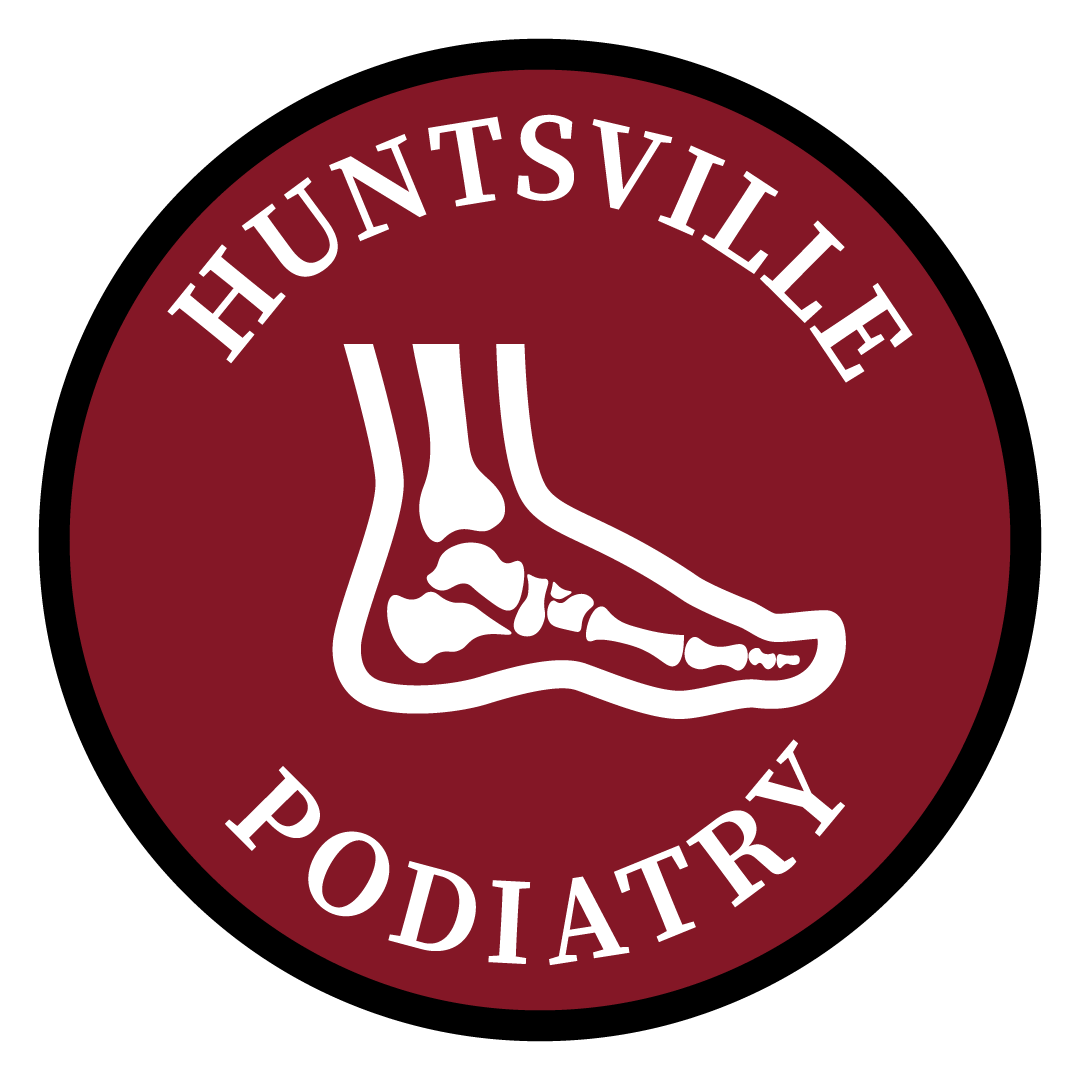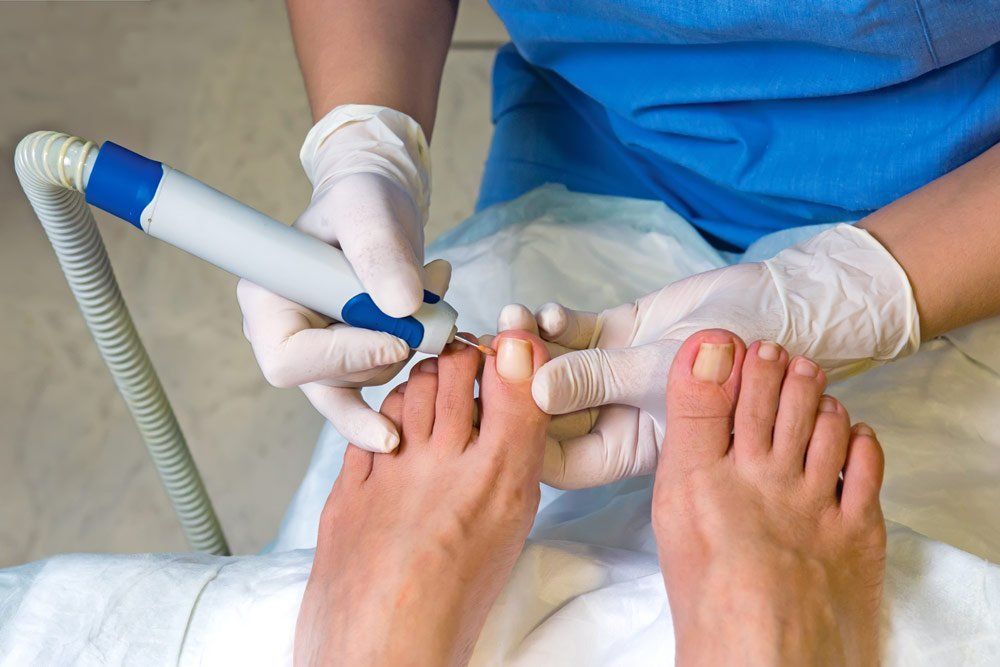Edward A. Behmer, DPM
Randall Tibbs, DPM

Edward A. Behmer, DPM
Randall Tibbs, DPM

Ingrown Toenails: Treatment and Prevention

An ingrown toenail occurs when the edge of your toenail grows into skin around your toe. This can happen on one or both sides of your nail and can be extremely painful. Luckily, you can treat and prevent them. This article discusses some of the ways to treat and prevent ingrown toenails.
Treatment of an Ingrown Toenail
If you have an ingrown toenail, you can treat it in the following ways.
Home Remedies
If you have an ingrown toenail, the first thing you should do is try some home remedies. Soak your foot in warm water several times a day to reduce swelling and pain. You can also put a cotton ball soaked in witch hazel on the affected area to help relieve pain and inflammation.
Gently massage the affected area, and try to wear loose-fitting shoes and socks to avoid putting pressure on the ingrown toenail. If these home remedies don't work or if your ingrown toenail is particularly painful, you may need to see a doctor.
Antibiotics
When the home remedies fail to give you the results you expect and you visit a foot care professional, they may prescribe antibiotics to you for your ingrown nail. Mostly, you will take medicine orally, but in some cases, the doctor may apply it directly to the affected area. Antibiotics can help clear up the infection and pain associated with an ingrown toenail.
Partial Nail Avulsion
If antibiotics don't work, your doctor may recommend a procedure called partial nail avulsion. This is where the doctor removes the part of your toenail that's ingrown. That can be done in your doctor's office, and the doctor can give you a local anesthetic to numb the affected area. After the procedure, you'll likely need to take a round of antibiotics.
Complete Nail Avulsion
In some cases, your doctor may recommend a complete nail avulsion procedure. This is similar to partial nail avulsion but entails the removal of the entire toenail. This procedure is usually done if the ingrown toenail is exceptionally severe or if other treatments have failed. After your procedure, you can expect some pain and inflammation. Your doctor will prescribe pain medication to help you cope with this.
Notably, nail avulsion is a simple procedure, and you should be able to go home the same day. After you've had either partial or complete nail avulsion, you need to care for your toe properly. Recovery time is typically short, and you should be back to your normal activities within a few days. It, however, varies from person to person.
Prevention of Ingrown Toenails
The best way to avoid an ingrown toenail is to take good care of your feet. Keep your nails trimmed and filed, and make sure you don't cut them too short. Wear comfortable shoes that fit properly, and avoid shoes that are tight or pinch your toes.
If you have any foot problems, such as bunions or hammertoes, see a doctor to get these problems treated. This will help reduce your risk. These steps can help you avoid the pain and inconvenience of an ingrown toenail.
If you do develop an ingrown toenail, don't suffer in silence. Visit a medical specialist for proper diagnosis and advice on caring for your feet and treatment.
The podiatrists and foot specialists at Huntsville Podiatry Center, PC, are passionate about helping people keep their feet healthy and pain-free.
Contact us to get in touch with genuine foot care professionals. With the proper treatment, you can quickly get rid of an ingrown toenail and get back to your normal life. And our doctors can give you advice on how to prevent this condition from developing again.
BUSINESS HOURS
- Mon - Thu
- -
- Friday
- -
- Sat - Sun
- Closed






